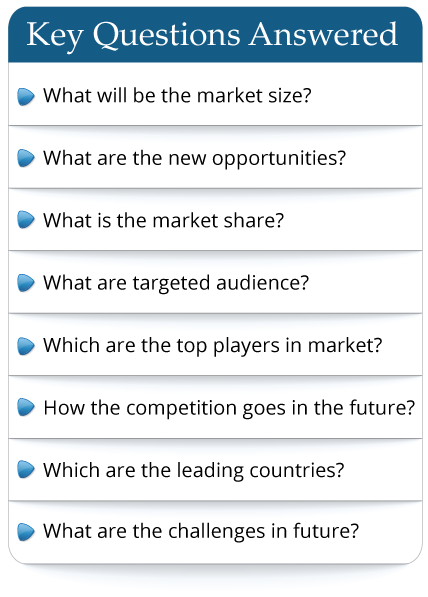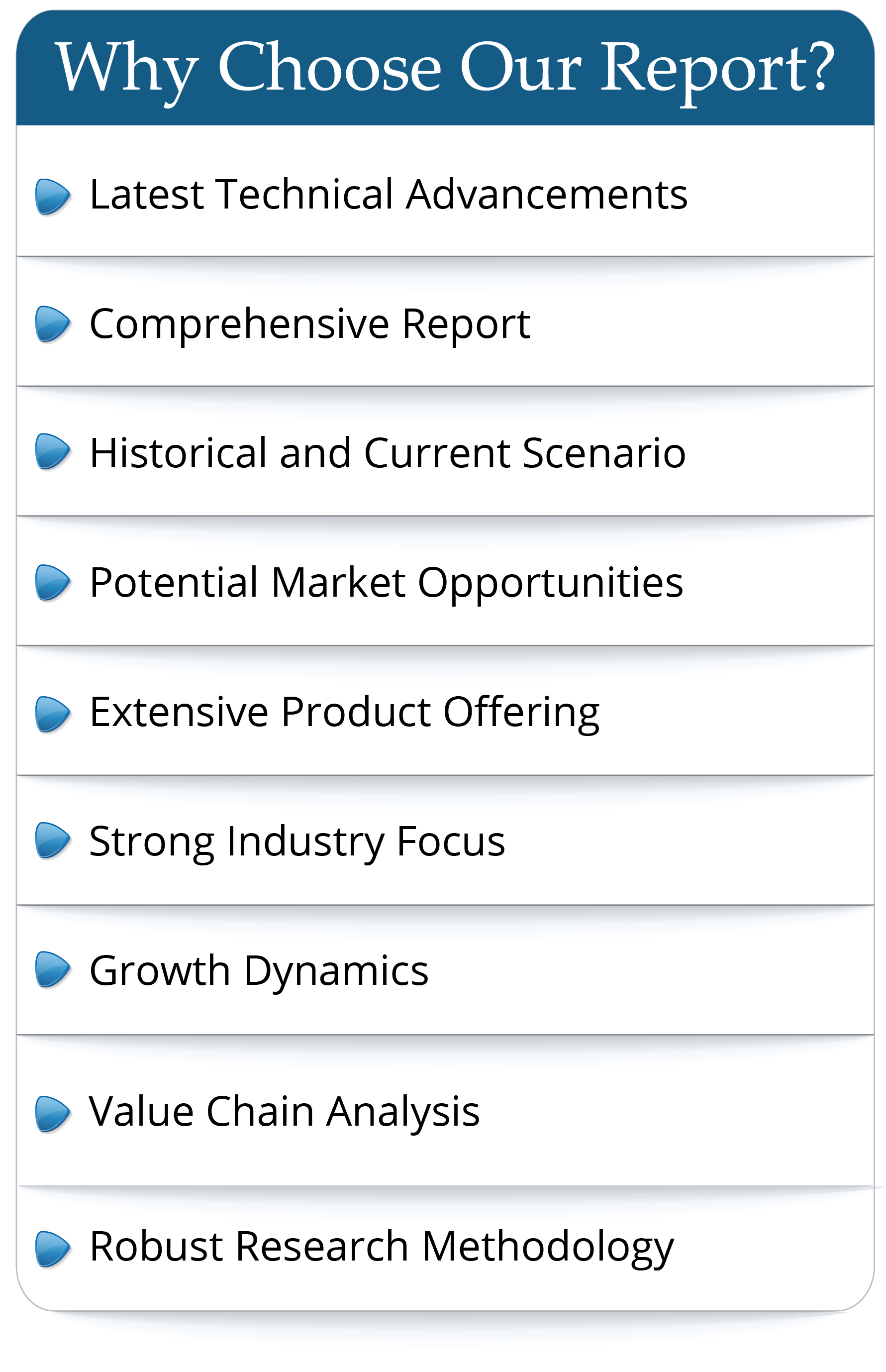LASER SURFACE TEXTURING (LST) SOFTWARE MARKET OVERVIEW
The global Laser Surface Texturing (LST) Software Market size was valued approximately USD 305.14 Million in 2024 and will touch USD 561.59 Million by 2034, growing at a compound annual growth rate (CAGR) of 6.29% from 2024 to 2034.
The LST Software, which stands for Laser Surface Texturing, serves as a niche instrument for crafting and executing microscopic and nanoscopic surface designs on an assortment of substances using laser-based treatment methods. This technological solution empowers professionals in engineering and research to produce complex surface patterns that can boost the performance attributes of materials, including the reduction of friction, enhancement of durability against wear, and elevation of adhesive properties.
COVID-19 IMPACT
“Shift in Demand for LST Software”
The widespread health crisis resulted in a significant surge in the requirement for Laser Surface Texturing (LST) Software, particularly within the domains of healthcare and pharmaceuticals. Facing an immediate necessity for improved surface characteristics in apparatus such as respirators and personal protective gear (PPE), producers relied on LST solutions to guarantee elevated operational standards and cleanliness. The software facilitated swift alterations in design and optimization of textures, which were crucial for addressing the urgent challenges brought on by the COVID-19 pandemic.
LATEST TREND
”Integration with Other Manufacturing Technologies”
The coupling of Laser Surface Texturing (LST) Software with complementary production technologies is gaining momentum. This movement promotes the evolution of composite procedures that amalgamate laser texturing with conventional fabrication methods, including milling or 3D printing. By capitalizing on the advantages inherent to each technique, manufacturers are able to attain enhanced surface finishes and practical attributes within their offerings. Such an integration is especially advantageous in sectors like medical instrumentation and electronic devices, where the precision of surface details is paramount for optimal functioning and dependability.
LASER SURFACE TEXTURING (LST) SOFTWARE MARKET SEGMENTATION
By Type
Based on Type, the global market can be categorized into Dimple Textures, Free-form Textures, Cross-hatch Textures, Laser Induced Periodic Surface Structures (LIPSS).
- Dimple Textures: Dimple Textures are defined by the formation of miniature, rounded indents on a surface. Predominantly employed to boost the retention of lubricants and decrease the friction between surfaces in contact, this technique is gaining popularity in sectors like automotive and production. Dimple Textures are being increasingly implemented due to their capacity to enhance the efficiency and extend the lifespan of parts.
- Free-form Textures: The flexibility of free-form textures is unmatched, enabling the creation of detailed and elaborate surface designs that are customized to fit particular use cases. This method of texturing is especially advantageous in industries that demand personalized products, such as consumer electronics and premium automotive styling.
- Cross-hatch Textures: The technique of Cross-hatch textures entails the use of interlacing linear patterns or channels on the surface, designed to boost the retention of grip and resistance to wear. Commonly employed in the context of tools and machinery, this method is crucial for achieving superior operational outcomes. With an increasing need for manufacturing processes that are both more productive and long-lasting, the adoption of Cross-hatch textures is on the upswing.
- Laser Induced Periodic Surface Structures (LIPSS): Laser Induced Periodic Surface Structures (LIPSS) are the outcome of sophisticated laser processes that produce microscopic textures, leading to distinctive surface designs with considerable impacts on optical and practical characteristics. The adaptability of LIPSS positions them as ideal for use in the fields of optics, electronics, and other cutting-edge sectors. With ongoing progress in nanotechnology, the demand for LIPSS is poised to grow, reflecting a growing fascination with pioneering solutions that amplify the efficacy and capabilities of products.
By Application
Based on application, the global market can be categorized into Metal Surfaces Antimicrobial, Mold and Die Texturing, Soft-touch Surfaces, Friction Reduction, Decorative Finish.
- Metal Surfaces Antimicrobial: Metal surfaces subjected to laser texturing processes display properties that inhibit microbial life, rendering them appropriate for settings where cleanliness is paramount, such as medical institutions and food manufacturing establishments. LST, by etching microstructures onto metal surfaces, diminishes the attachment and proliferation of bacteria and other disease-causing organisms.
- Mold and Die Texturing: The process of mold and die texturing plays a crucial role in enhancing the efficiency and lifespan of molds within the manufacturing sector. Utilizing LST Software, intricate designs are etched onto the surfaces of molds, which facilitates the ejection of molded items, decreases wear and tear, and enhances the quality of the surface finish. This method is increasingly being adopted in sectors like automotive and consumer products, where accuracy and sturdiness are of utmost importance.
- Soft-touch Surfaces: Surfaces with a soft-touch finish, achieved by employing laser texturing, offer a haptic sensation that boosts the practicality and attractiveness of various products, especially within the realm of consumer electronics and automotive cabin design. This method involves the formation of minute structures that impart a gentle, rubbery texture, which in turn enhances both grip and comfort.
- Friction Reduction: The application of Laser Surface Texturing (LST) Software for friction mitigation entails crafting surface designs that lower the friction between surfaces in contact, a key aspect in devices like bearings, gears, and automotive parts. By fine-tuning the surface attributes, LST can markedly improve the operational efficiency and service life of mechanical systems.
- Decorative Finish: Laser Surface Texturing (LST) Software is utilized in decorative finish applications to craft visually striking surface patterns that add to the visual appeal of products. This method is extensively used across consumer products, high-end merchandise, and packaging, enabling companies to stand out in a crowded marketplace. The capacity to generate detailed designs and textures with accuracy has resulted in an increasing need for decorative finishes.
MARKET DYNAMICS
Market dynamics include driving and restraining factors, opportunities and challenges stating the market conditions.
Driving Factors
“Rising Competition and Customization Needs”
As global competition intensifies, manufacturers are compelled to differentiate their products through customization and unique surface properties. LST software allows for rapid prototyping and the ability to create customized textures that cater to specific applications or customer preferences. This adaptability is vital in industries where personalization is increasingly valued, such as consumer electronics and luxury goods. The ability to quickly modify designs and implement them into production workflows enhances a company's competitive advantage, driving further demand for LST technology.
Restraining Factor
”High Initial Investment Costs”
A key inhibitor for the adoption of Laser Surface Texturing (LST) Software is the substantial upfront expenditure associated with procuring and deploying the requisite hardware and software. The financial outlay for premium laser apparatus, specialized optical components, and the LST software itself can be exorbitant, posing a challenge for SMEs. Moreover, incorporating LST into current manufacturing processes might necessitate substantial overhauls, incurring additional costs. These fiscal hurdles may dissuade businesses from embracing LST technology, especially when financial limitations are a pressing issue.
Opportunity
”Increased Focus on Sustainable Solutions”
As the focus on sustainability and environmentally sound manufacturing intensifies, LST technology presents a chance to align with these emerging benchmarks. The process of laser surface texturing markedly minimizes the discard of materials and does away with the necessity for detrimental chemicals often linked to conventional surface finishing techniques. With a pivot towards greener methodologies, LST emerges as a sustainable substitute, appealing to customers with environmental concerns and supporting objectives related to corporate social responsibility. This emphasis on ecological stewardship can bolster a brand's standing and pave the way into markets that prioritize sustainable solutions.
“Development of Automated LST Systems”
The trend towards automation and robotics in manufacturing provides a significant opportunity for LST software. By developing automated LST systems that integrate seamlessly with robotic processes, manufacturers can achieve higher efficiency, precision, and repeatability in surface finishing. This integration allows for the continuous operation of laser texturing processes, minimizing downtime and maximizing productivity. Companies that invest in automation technologies can enhance their operational capabilities and meet the increasing demand for high-quality, consistent surface finishes.
Challenge
”Limited Awareness and Understanding of LST Technology”
Limited familiarity and comprehension of Laser Surface Texturing (LST) Software among prospective users may impede its broader acceptance. Numerous manufacturers could be unaware of LST's advantages and potential, fostering misconceptions regarding its practical application and viability. Such a deficit in knowledge can cause hesitancy to embrace LST solutions, with businesses preferring more conventional and recognized techniques for surface refinement. It is essential to implement educational efforts and raise awareness to surmount these obstacles and accentuate the merits of LST.
LASER SURFACE TEXTURING (LST) SOFTWARE MARKET REGIONAL INSIGHTS
- North America
The North American Laser Surface Texturing (LST) software market is characterized by advanced technology and large R&D investment. Major companies are focused on improving production efficiency, especially in industries such as automotive, aerospace and medical equipment. These software are often combined with laser systems to optimize surface properties, such as reducing friction, increasing wear resistance and improving adhesion. In addition, product quality and sustainability requirements allow companies to adopt LST technology, driving market growth. As a result, the North American LST software market demand is expected to continue to grow, driven by both innovation and industry competition.
- Europe
The market for Laser Surface Texturing (LST) Software in Europe is experiencing notable expansion, with Germany taking the lead as the predominant participant. The nation's formidable manufacturing industry, especially in the realms of automotive and aerospace, fuels the need for sophisticated LST solutions. German enterprises employ LST technology to boost the performance and longevity of components, leveraging advancements that optimize surface characteristics while also backing environmental sustainability initiatives. This emphasis on meticulous engineering places Germany at the vanguard of the European LST software landscape.
- Asia
The Laser Surface Texturing (LST) Software sector in Asia is booming, with China taking the lead. China's manufacturing strength and tech focus are boosting LST use in industries like electronics, cars, and machinery. Investments in automation and smart manufacturing are increasing demand for LST software, as companies aim to boost surface quality and efficiency. This push for innovation and tech adoption makes China a major player in Asia's LST software scene, shaping regional dynamics.
KEY INDUSTRY PLAYERS
”The LST software market is highly competitive, driven by technological advancements and a focus on customization.”
Laser surface texturing (LST) software is becoming increasingly popular across industries because it improves surface properties without damaging the material itself. The market is becoming increasingly competitive as the software incorporates advanced algorithms and user-friendly interfaces suitable for large and small businesses. LST software also incorporates artificial intelligence and machine learning to make design and optimization more efficient and useful to manufacturers. The company also provides comprehensive support and training to stand out in the market. In general, competition is characterized by constant innovation and an increasing focus on customization to meet different customer needs.
List of Top Laser Surface Texturing (LST) Software Companies
- Pulse Technologies
- GF Machining Solutions
- LasX Industries
- Lightmotif
- Standex Engraving Mold-Tech
REPORT COVERAGE
The study encompasses a comprehensive SWOT analysis and provides insights into future developments within the market. It examines various factors that contribute to the growth of the market, exploring a wide range of market categories and potential applications that may impact its trajectory in the coming years. The analysis takes into account both current trends and historical turning points, providing a holistic understanding of the market's components and identifying potential areas for growth.
The LST software sector is booming as industries seek better surface treatments. It enhances surfaces for better friction, wear, and adhesion, crucial for product performance. Key firms are creating accessible, efficient LST software to adapt to industry needs. The market is set to grow with advancements in laser tech and more automated production. LST software with AI can improve maintenance and monitoring. It also supports sustainable manufacturing by reducing waste and energy use, aligning with industry goals for innovation and efficiency.
Frequently Asked Questions
- By product type
- By End User/Applications
- By Technology
- By Region

 Pre-order Enquiry
Pre-order Enquiry Download Free Sample
Download Free Sample










